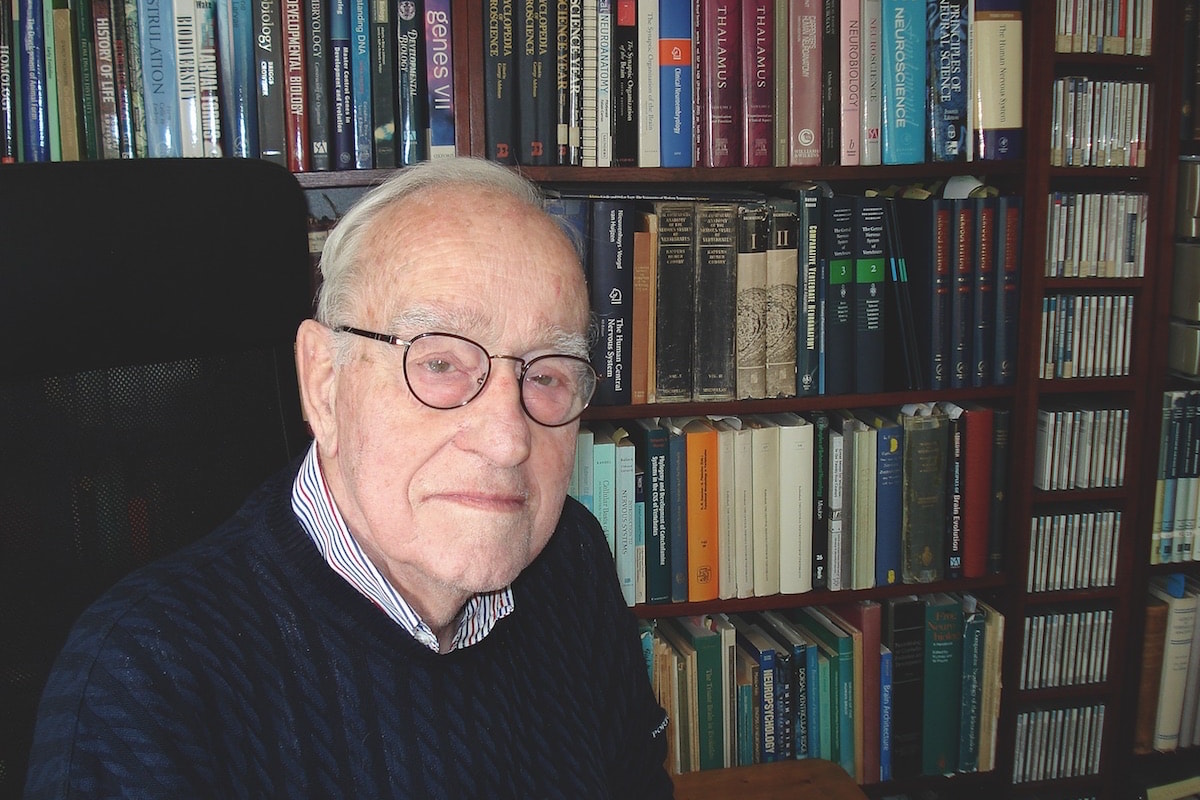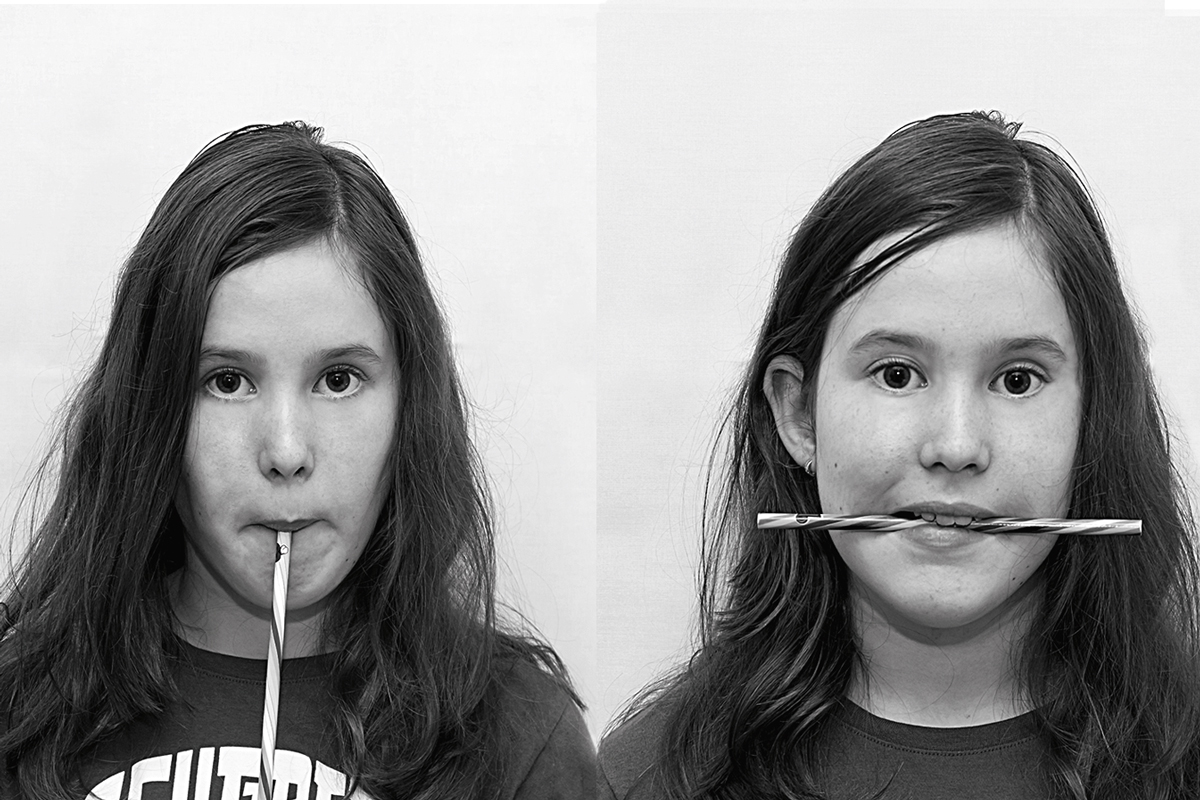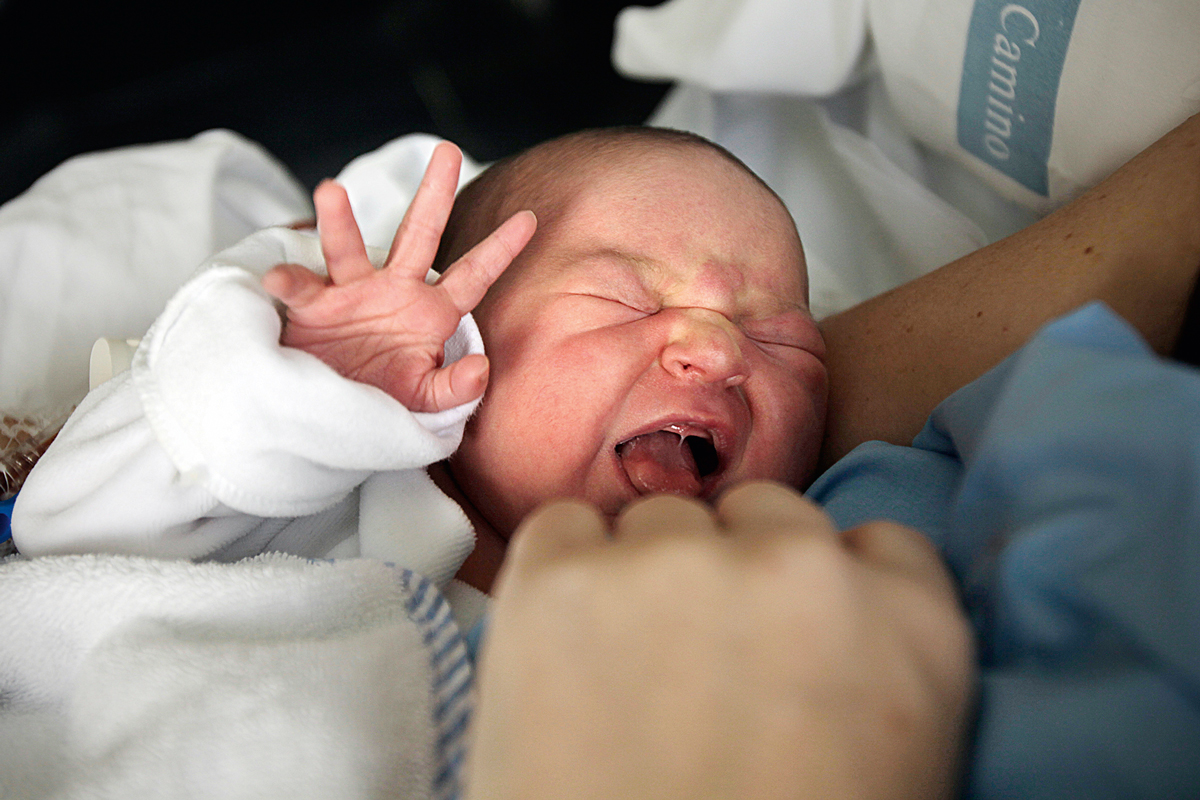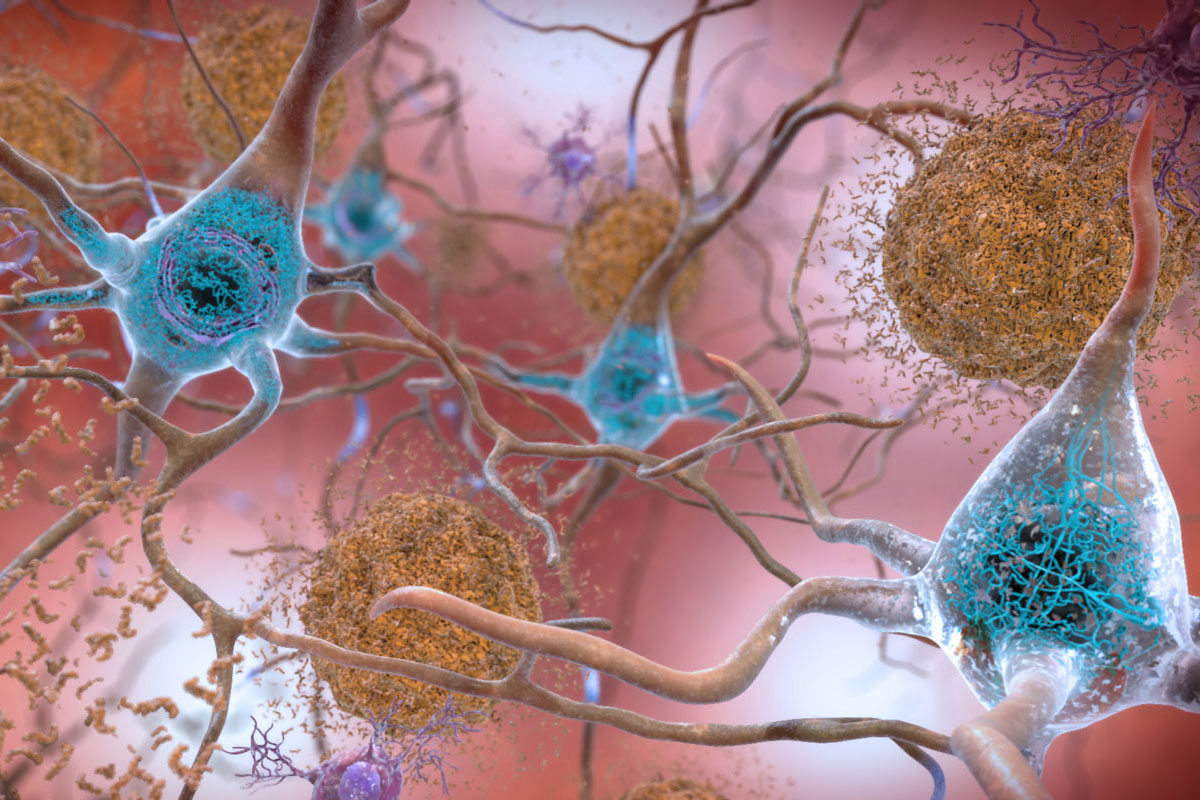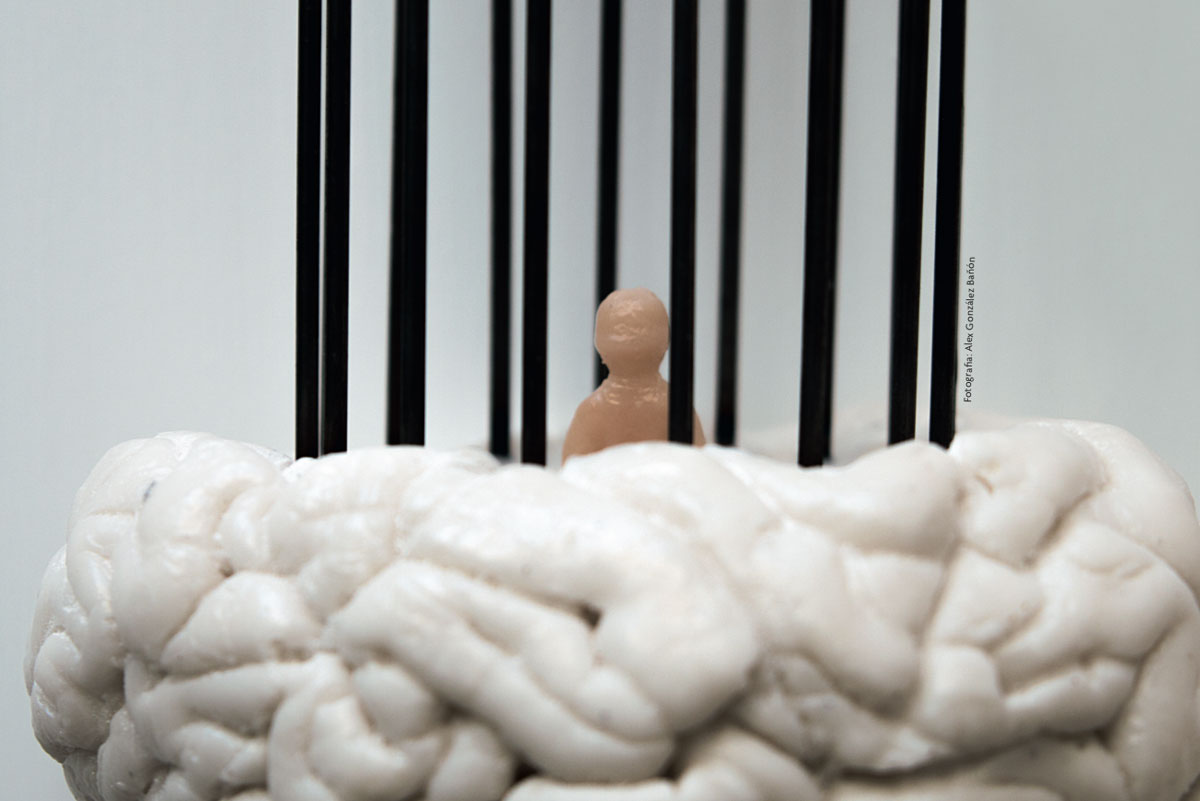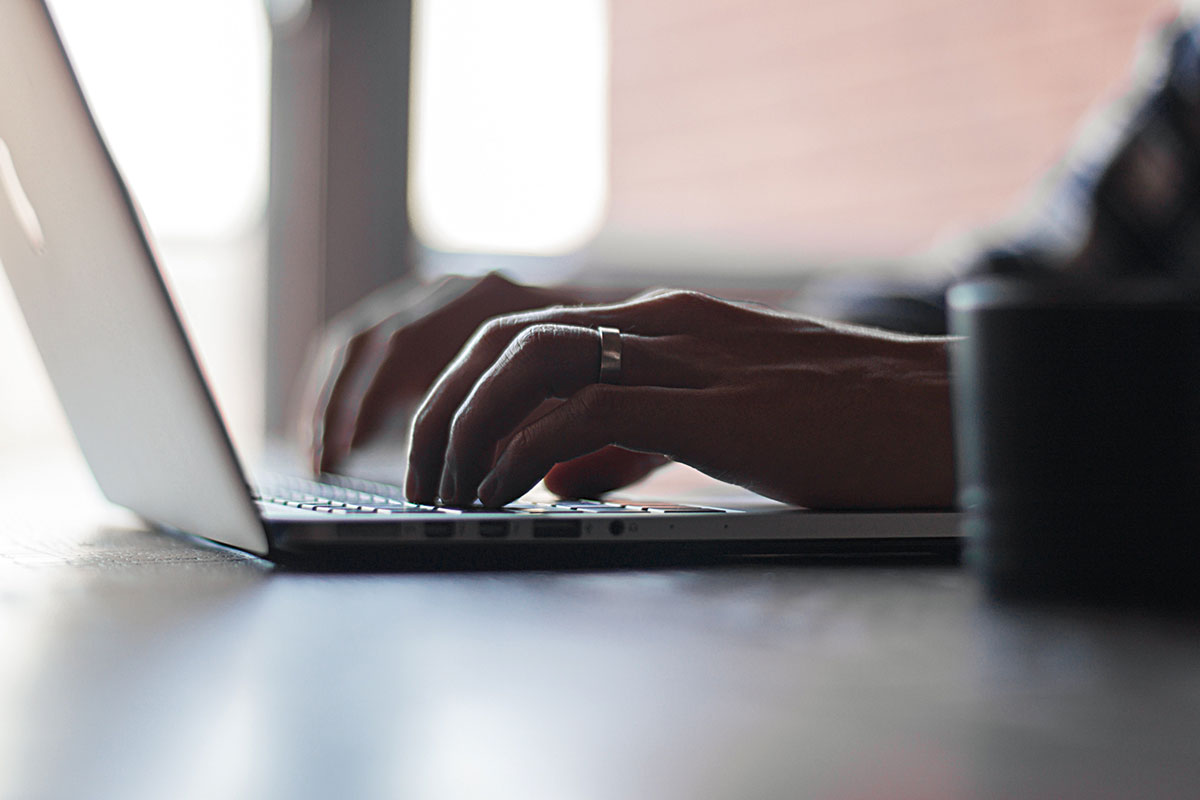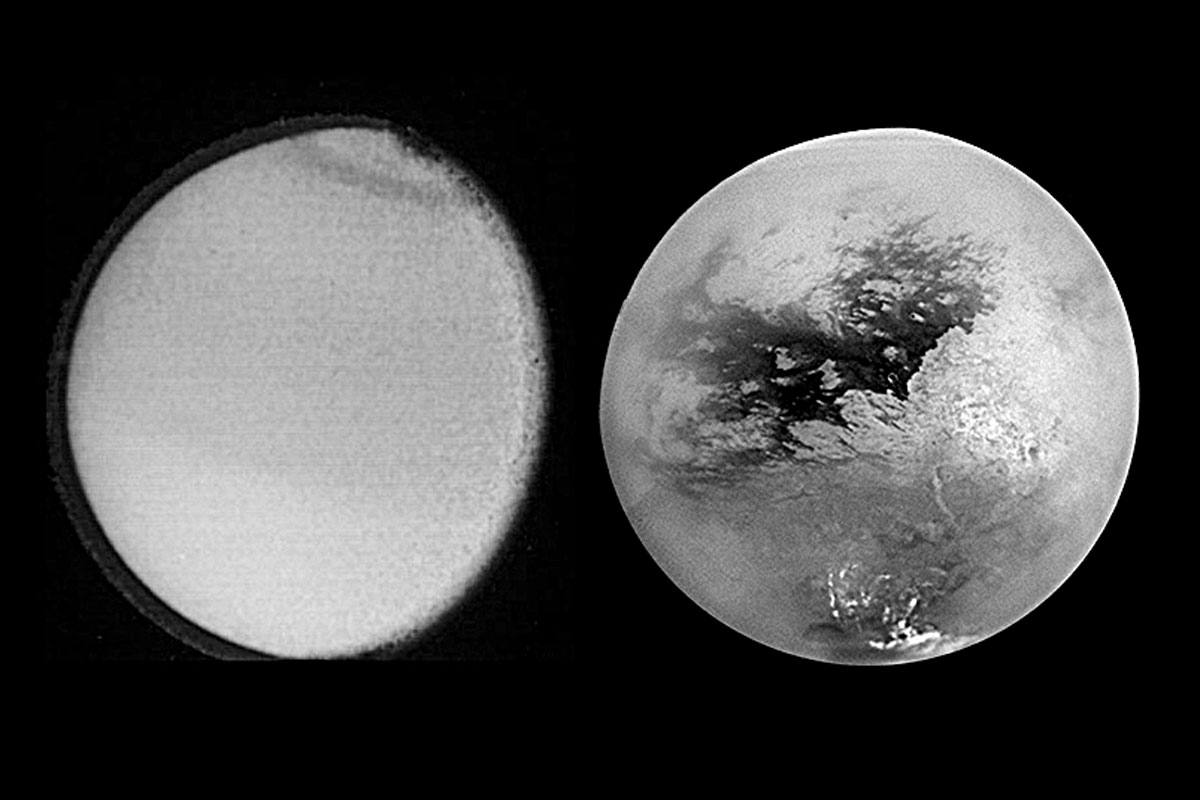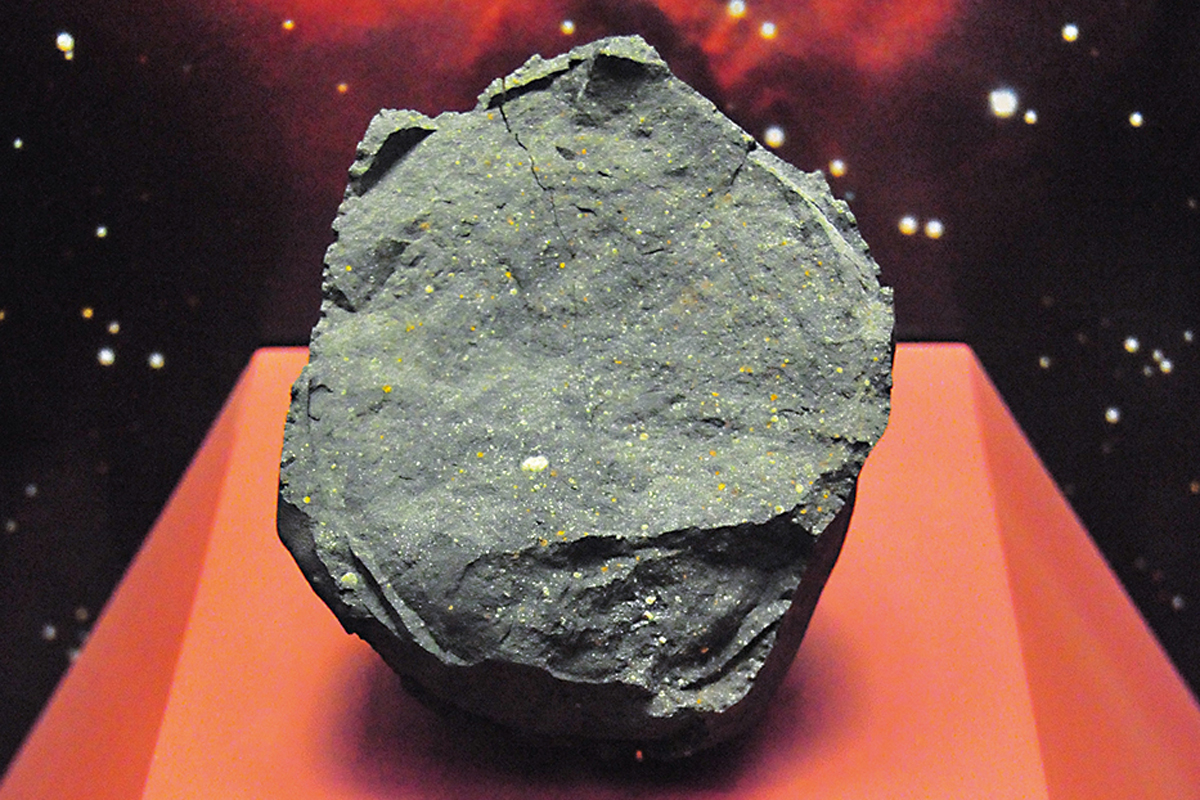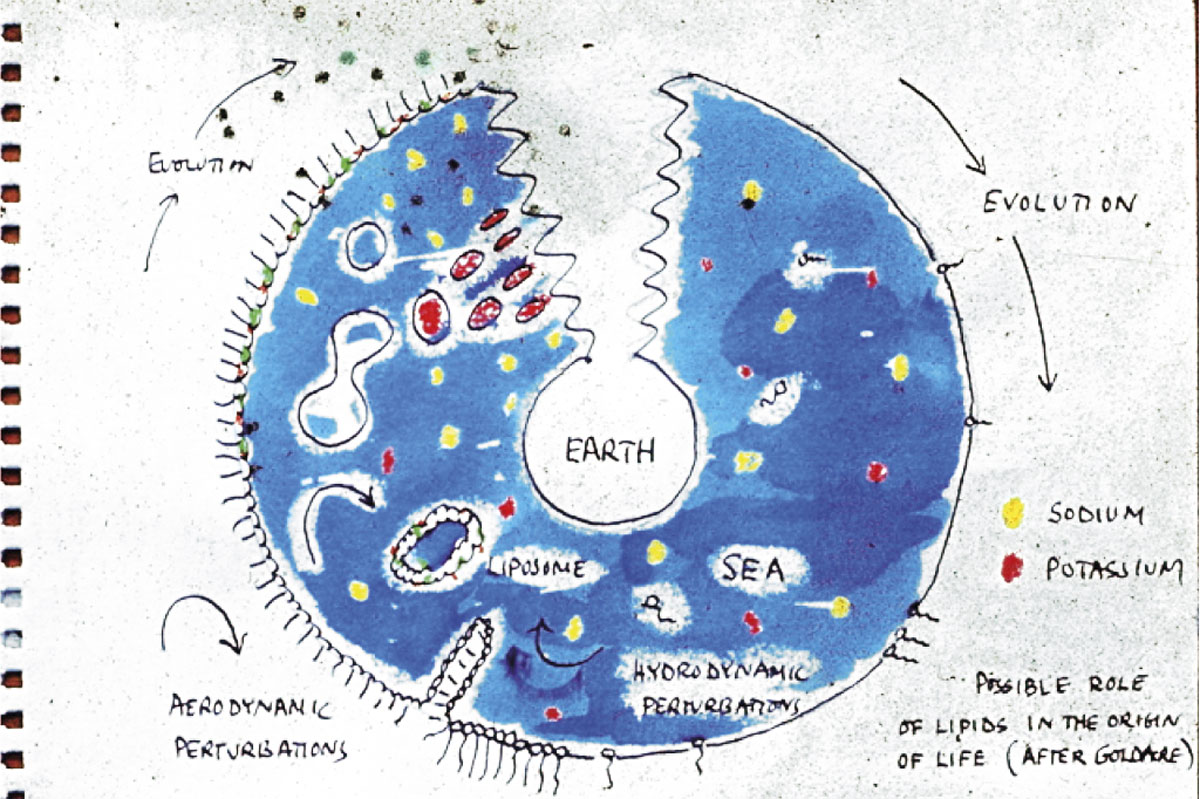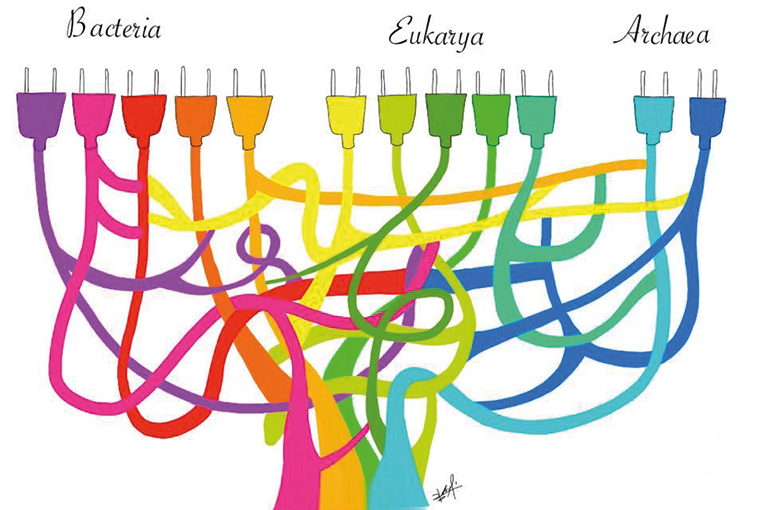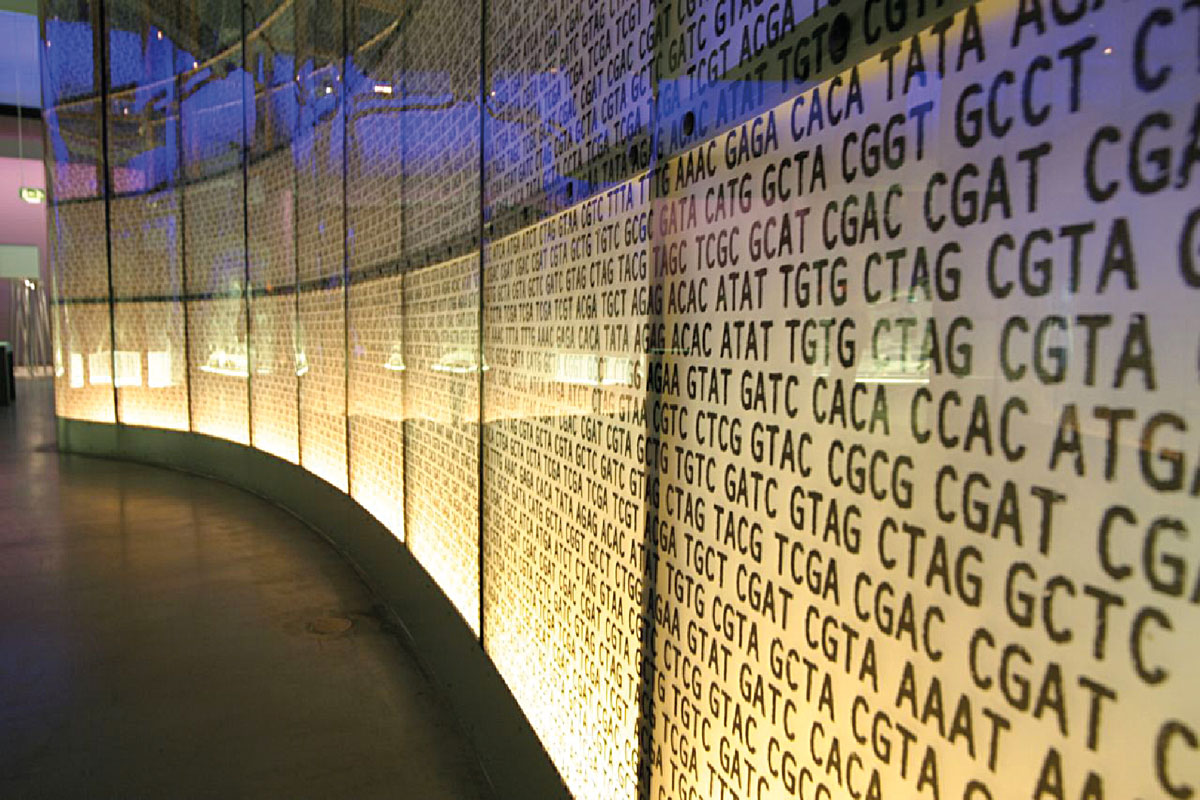Search
Rudolf Nieuwenhuys is a worldwide eminence in the field of Neuroanatomy. He has a formal education as a medical doctor, but his view is not at all anthropocentric and he
The brain of modern humans is the result of the evolution of a building plan (Bauplan) that began its design 500 hundred millions years ago. This evolutionary scenario provides the basis for studies that seek to understand what is «conserved» and what is «new» between different vertebrates.
Understanding the brain is one of the greatest scientific challenges, and a fundamental aspiration of human beings. Why is this organ, made of a little over a kilogram of fatty
Conventionally, social researchers analyse media messages by reading text and coding it. This is time consuming and restricts many studies to small samples. Nowadays very large amounts of text are
Reviewing public communications emitted during health crises in the last thirty years is useful for verifying that there are a number of repeated mistakes: for example, untrained spokespeople with poor
Rare diseases (RDs) are those that affect fewer than five people in every 10,000. There are around 7,000 RDs, they are difficult to diagnose and very few have a treatment.
We are becoming more vulnerable. The feeling of general uncertainty comes from the fact that we live through several crises at the same time. In a world dominated by consumerism
The Preamble of the Constitution of the World Health Organization reminds us that «Informed opinion and active cooperation on the part of the public are of the utmost importance in
Good communication is fundamental in the promotion and maintenance of individual and collective health. Despite the vast amount of information we can currently access, misconceptions still persist in fundamental topics
«The question of the origin of life is one of the fundamental problems of science.» Few would disagree with this statement by the Russian biochemist Alexander I. Oparin, pioneer in

